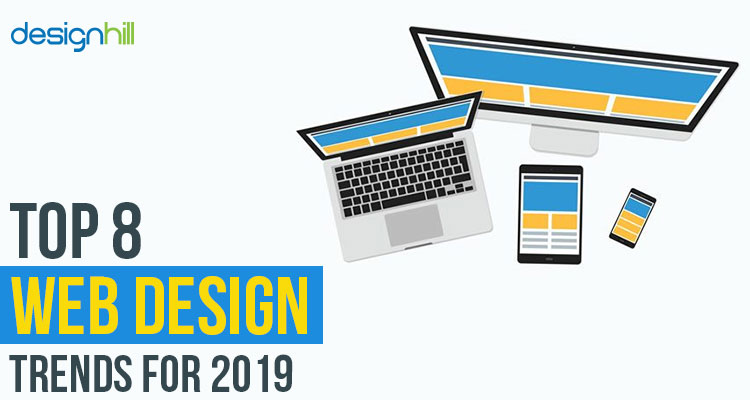Fascinated In Finding Out How Website Layout Has Changed Throughout The Years? Discover The Journey
Fascinated In Finding Out How Website Layout Has Changed Throughout The Years? Discover The Journey
Blog Article
Post Written By-Thorsen Bojesen
In the past, web sites were straightforward and focused on information. https://www.google.com/maps/place/Moon+and+Owl+Marketing/@32.9757271,-106.5344695,1840583m/data=!3m1!1e3!4m6!3m5!1s0x864ddeaa4179705b:0x488d41d2cc6b9750!8m2!3d32.9757271!4d-97.5696258!16s%2Fg%2F11b6mpccrg?entry=ttu&g_ep=EgoyMDI1MDIxMS4wIKXMDSoJLDEwMjExNDUzSAFQAw%3D%3D was direct, and layout was for desktops. Currently, customer experience is essential. Information overviews designs for simple navigation. Responsive designs fit various tools. Today, dark setting decreases strain, and minimal menus boost navigation. Interactive functions involve individuals, and strong visuals stand apart. AI combination increases interaction. See exactly how design has actually progressed to boost your online trip.
Very Early Days of Web Design
In the early days of website design, simplicity reigned supreme. Websites were standard, with restricted colors, typefaces, and formats. The focus was on providing details instead of flashy visuals. Users accessed the web through slow-moving dial-up links, so rate and capability were essential.
Navigation food selections were straightforward, commonly situated at the top or side of the page. Sites were designed for desktop, as mobile surfing wasn't yet common. Material was king, and developers prioritized easy readability over intricate style elements.
HTML was the primary coding language used, and developers needed to function within its restrictions. Animations and interactive functions were minimal compared to today's requirements. Internet sites were fixed, with little vibrant content or individualized user experiences.
Surge of User-Focused Style
With the evolution of internet site design, a change in the direction of user-focused design principles has actually come to be progressively popular. Today, creating websites that focus on user experience is important for involving visitors and achieving organization objectives. User-focused layout includes comprehending the needs, preferences, and habits of your target audience to customize the web site's layout, web content, and features accordingly.
Designers currently carry out complete research study, such as individual surveys and usability testing, to collect understandings and feedback directly from customers. This data-driven method aids in creating user-friendly navigating, clear calls-to-action, and aesthetically appealing interfaces that reverberate with visitors. By putting the user at the center of the layout procedure, sites can supply an extra personalized and delightful experience.
Receptive layout has actually likewise become an essential facet of user-focused layout, ensuring that web sites are optimized for different tools and display dimensions. This flexibility boosts accessibility and functionality, accommodating the varied methods individuals engage with web sites today. In essence, the rise of user-focused design signifies a shift towards developing digital experiences that focus on the demands and assumptions of the end customer.
Modern Trends in Website Design
Explore the most up to date patterns forming website design today. One prominent fad is dark mode layout, providing a streamlined and modern-day appearance while reducing eye strain in low-light environments. An additional key trend is minimal navigation, streamlining food selections and improving customer experience by focusing on essential elements. Including micro-interactions, such as animated buttons or scrolling effects, can create an extra engaging and interactive site. Receptive design remains vital, making sure seamless user experiences throughout various devices. Furthermore, utilizing vibrant typography and unbalanced layouts can include aesthetic rate of interest and draw attention to specific material.
Integrating AI technology, like chatbots for consumer support or tailored recommendations, enhances customer interaction and simplifies procedures. Accessibility has additionally end up being a substantial trend, with developers prioritizing comprehensive design methods to accommodate diverse user needs. Embracing sustainability by maximizing website performance for rate and performance is another emerging pattern in website design. Teaming up with customer feedback and information analytics to repeat and boost design continuously is crucial for remaining relevant in the ever-evolving digital landscape. By embracing these modern patterns, you can create a visually appealing, easy to use website that reverberates with your audience.
Verdict
As you assess the advancement of website design from the very early days to currently, you can see how user-focused layout has actually become the driving pressure behind contemporary fads.
Welcome the journey of modification and adaptation in web design, always maintaining the customer experience at the center.
Stay existing with the latest patterns and innovations, and never stop advancing your strategy to develop visually spectacular and user-friendly sites.
Advance, adjust, and develop - the future of web design is in your hands.
